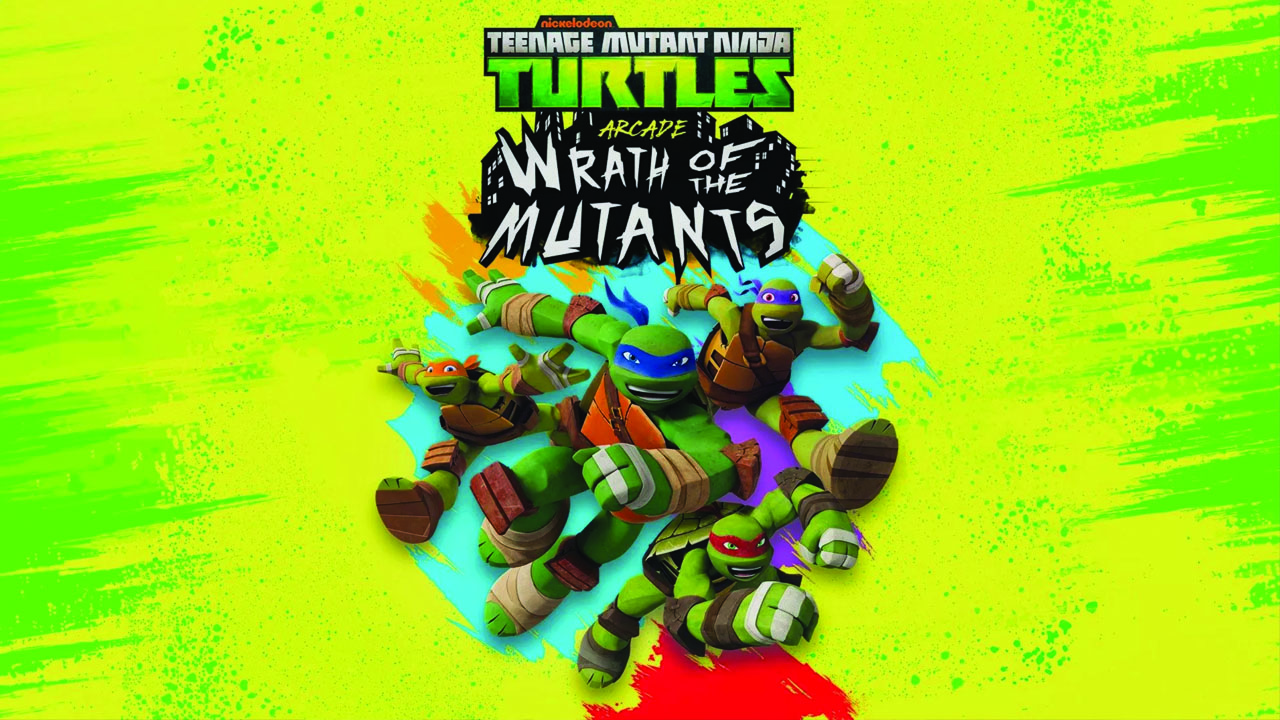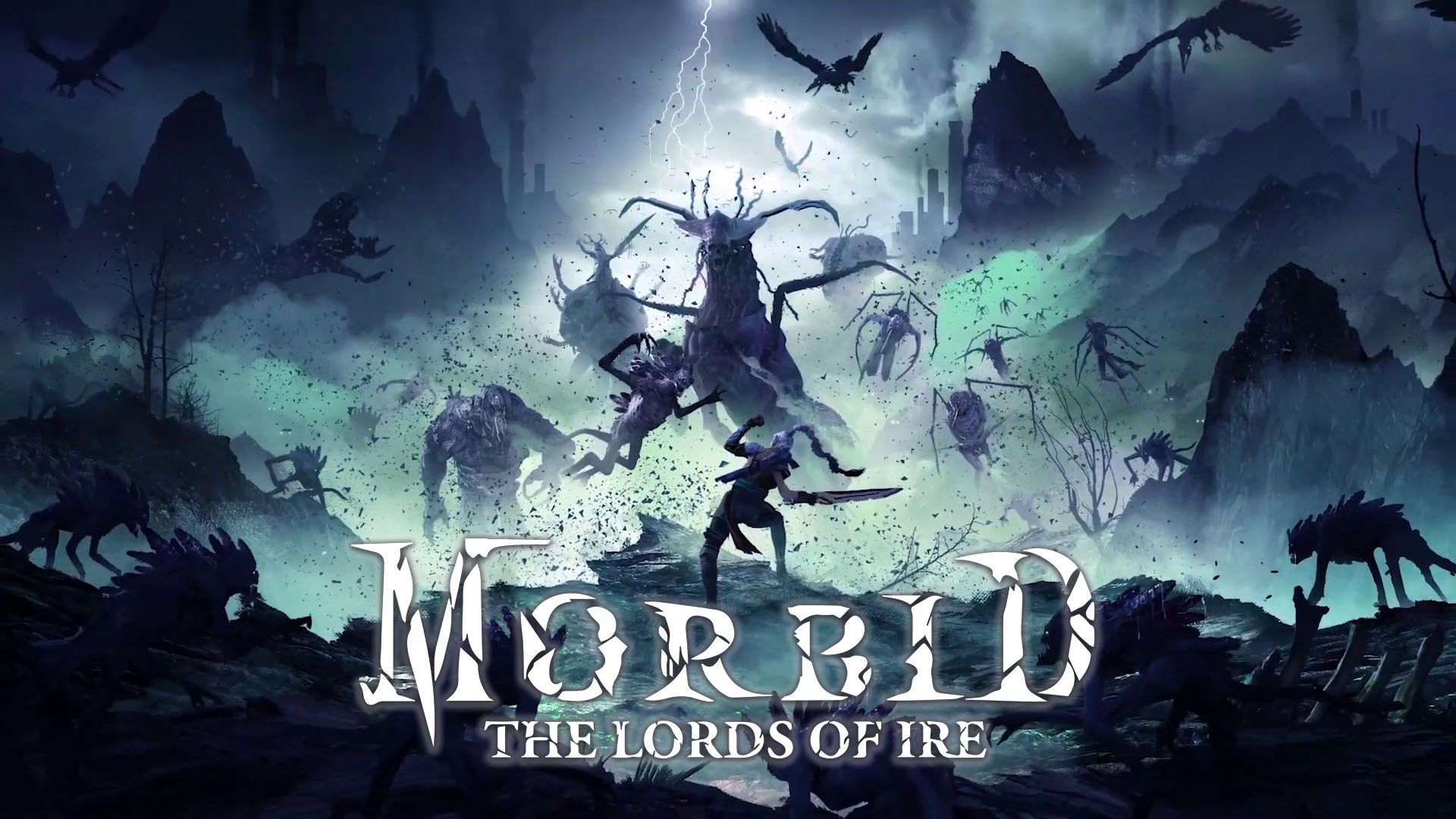
As an astronomy nut, under most circumstances, I’m the type to give most stories a score of 10 for appropriate reference(s) to Carl Sagan, but even this intriguing adventure left me with too many pivotal questions unanswered; Arrival was hardly a loss, though. Replete with a not-too-inaccurate portrait of how humanity would undoubtedly respond to arrival of an extraterrestrial intelligence (ETI), the power of an indomitable spirit (or determination),and some rather Schrödinger-esque ideas on how to mess with time merely by observing the future Arrival makes for an interesting portrait on helpful aliens that show up to help us with each other. The story implicitly suggests we would do better to work cohesively as nations rather than constantly fight each other.
Arrival features Amy Adams (Man of Steel, American Hustle) as Dr. Louise Banks our main protagonist and an expert linguist, Jeremy Renner (The Avengers, The Bourne Legacy) who plays Ian Donnelly and takes on an interesting role by the movie’s conclusion, and Forest Whitaker (Platoon, Lee Daniels’ The Butler) as Colonel Weber; desperate for a means to make meaningful communication with an extra-terrestrial presence the US Army sends in Colonel Weber to recruit Dr. Banks for the most important mission of her life and humanity’s own survival, but not from the extra-terrestrials.
Dr. Banks is a woman haunted by the loss of her daughter Hannah to a disease – I assume a cancer of some sort. Banks’ only means of catharsis is her work as a university professor in linguistics. When her latest class is prematurely closed due to the sounding of a campus alarm, and not the “evading finals” kind of alarm either, Dr. Banks gets a visit from US Army Colonel Weber. The world is desperate for all the top communications and language experts to analyze the speaking patterns of the visiting creatures; they want two questions answered: 1) why has ET come and 2) how did (they) get here? She reluctantly accepts the commission and, on the way to the nearest US shell, meets Donnelly who is serving as a fellow civilian consultant in theoretical physics.
It’s already a challenge enough sometimes communicating with members of different cultures, but forging a meaningful language with members from another planet is a feat for a Nobel laureate as far as I’m concerned. When we think of communicating through language modern convention suggests multiple characters strewn in a specific orientation (ie: left to write, then top to bottom) like the fact that you are reading the words in this article from left to right; the beginning of the article is at the top of the page and the end is at the bottom. Chinese writings are often reverse of that: top to bottom then left to right. In that sense our languages are, as Dr. Banks puts it, linear in time. More simply, you can’t accurately extract the essence of this article without reading the words in their intended order. Egyptian hieroglyphs, math equations, etc work the same way. Therein lies the brilliance of the movie. exploring these concepts within language with regards to first contact and makes it stand alone compared to films like Close Encounters of the Third Kind and The Day the Earth Stood Still.
The shells themselves seem to act more like windows into the creature’s realm. It takes Dr. Banks sometime to adjust to the gravitational differences inside one of the shells. Simply put it’s a lateral 90-degree difference, or consider the view of standing on a wall and looking towards the ceiling. The visitors materialize into view from the other-side of a barrier within the shell. Until then only oral efforts in communication had been attempted. Dr. Banks has HUMAN hand-written on a dry-erase board:a visual effort in communication could make for something that can be more easily interpretive.
Sure enough the first two creatures they get to meet, to become affectionately named “Abbott” and “Costello,”respond to her hand-written word with a pictogram of their own,which were all similar in their base shape – a circle; the uniqueness lie in the cluster-patterns within a given pictogram. In the hunt to decipher each pictogram they receive Dr. Banks’ haunting memory of her daughter begins taking on a new edge. We find out that Hannah’s father walked out of the picture (likely) in her infancy, and that he was a scientist, too. The more Dr. Banks dwells on these seemingly painful memories the more of a connection to Banks’ present and future the memories take on; and it’s in that connection that Banks seems to possess a resource. That whole manipulating the timeline is where the story begins to breakdown.
When the military powers of the world become increasingly convinced the aliens are ultimately hostile based on a pictogram that the humans misconstrue as the symbol for “weapon” it becomes Dr. Banks’ job to understand that symbols and words almost always have multiple contexts. What could seem like “weapon” may just mean “tool” or “resource.” That’s when the memories become more than memories. There’s a projection to the future once the world is celebrating that the aliens really weren’t hostile after-all. Dr. Banks meets the Chinese general who was responsible for spear-heading the planned offense against the visiting creatures and is able to convince him to call the attack off, which was definitely for the best since any creature advanced enough to visit us would likely also be advanced enough to render any sort of weapon we have ineffective.
Between the hunt to decipher the pictograms, the assistance provided by Donnelly, and the memories Dr. Banks keeps experiencing there’s definitely a chemistry that has developed between the two. And the timeline goes off the deep end. By the movie’s conclusion it seems that Donnelly may well have been Hannah’s father, but even if he wasn’t the original father he certainly becomes by the close of the film. The redemption of the movie not only lie in the visitors benevolence, but also when Donnelly paternally refers to Hannah as “Star Stuff.” Yeah, my heart melted a little bit there.
The film itself is worth watching, but a few plot holes (namely the suggested timeline) hold it back from a glowing,fantastic review. In the gamut of Hollywood movies ready to serve up hostile and invasive aliens (Independence Day, The Arrival) this Arrival presents a refreshing different look at a benevolent visiting life-form that doesn’t want to hurt us so much as to show us the power of cultural convergence over divergence.






